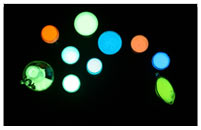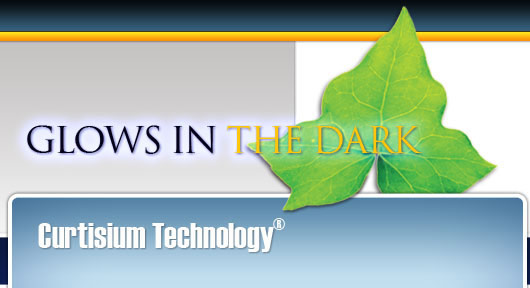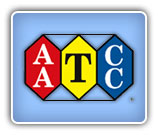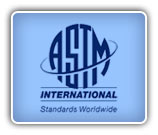
What is Curtisium ?
Curtisium photoluminescent threads and fibres are a mixture of photoluminous material and polymers produced by the latest and most advanced technology to date.
(Commonly called "photoluminous" or "glow in the dark threads"). They have the ability to absorb most types of light (sunlight, fluorescent, incandescent, etc.)
as energy and then to re-emit that energy as photons that the human eye perceives as light. When darkness occurs, the threads and fibres become highly visible, lasting for up to 8 hours once fully charged.

How it works ?
Once the light source is removed, the stored energy in the threads is
breitling navitimer replica
gradually released the strongest glow is produced during the first 30 minutes of darkness,
then it fades over a period of time. once exposed to a light source again, it stores energy again. So the photoluminescent process is never ending.
Photoluminescence : Many inorganic and organic materials exhibit photoluminescence, this means that they emit visible or invisible light during and after exposure to a source of excitation energy. For photoluminescent materials, the excitation source is electromagnetic radiation - visible and invisible (typically ultraviolet) light.
The basic principle of photoluminescence is simple : electrons orbiting atoms or molecules absorb energy through collision with photons during excitation.
They then emit this stored excess energy as photons of (usually visible) light at a later time.
The afterglow decreases (or decays) over time after the excitation source has been extinguished.
The threads exhibit what is called hyperbolic decay.
How it Glows? 
We refer to the decay time of the thread, this is defined as the time required for the afterglow to diminish to ( 0.032 mcd/m2, or about 100 times the limit of human perception ).
?n practice , this is very difficult to see unless your eyes are fully dark-adapted and you are in a completely dark environment.
For practical purposes, luminance of one to two millicandela per square meter (mcd/m2) are more appropriate limts for the human eye to perceive.
Our threads once fully charged they will show 15mcd/m2 after 60 minutes and decay down to 2mcd(m2 after 8 hours. Photoluminescent threads are non-toxic, non-radioactive and contain no phosphorus or lead, or any other hazardous element or chemical. The term phosphorence is sometimes used to describe luminescence, but our threads are a mix of photoluminescent materials and polymers that contain no phosphorus.








